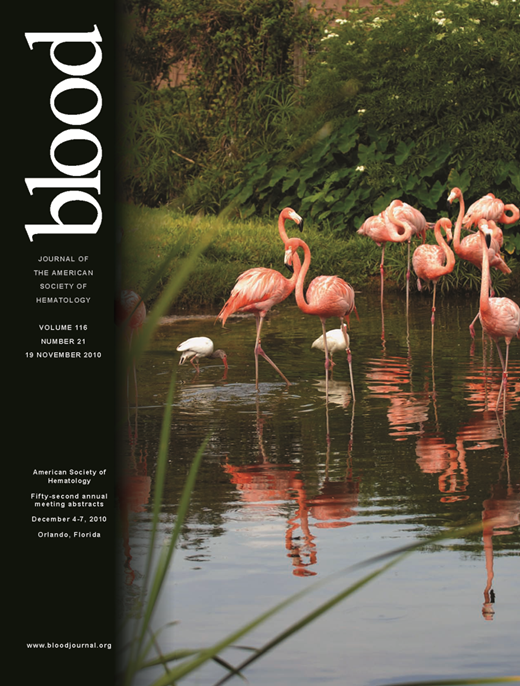Abstract
Abstract 5047
Treatment of myeloma bone disease with bisphosphonates (BP) is standard of care. However, renal toxicity due to BP treatment tends to be a major problem in myeloma patients, especially. At highest risk are patients with reduced renal function and patients who had switched the BP. Toxicity appears typically after few month of BP treatment.
We evaluated the renal safety of ibandronate (IBD) in myeloma patients, who were treated with IBD for myeloma bone disease. The patients were stratified according to pretreatment and kidney function.
In a prospective noninterventional study about safety and efficacy of IBD in breast cancer patients it turned out that myeloma patients were also included unintentionally. Out of 3540 documented patients 105 myeloma patients were identified. The data from these myeloma patients were evaluated separately.
The patients were subdivided in 4 groups according to their glomerular filtration rate [GFR]: GFR>90 (1), 60–90 (2), 30–59 (3) and <30 (4) ml/min. Since pretreatment with other BP could be of influence, patients were analysed according to former pretreatment: no BP (I), IBD (II), and other BP (III). The renal function was calculated every month over a period of six month by the MDRD-formula.
105 patients were available for evaluation. In 99 patients RF was documented over a minimum of 5 months. The initial RF was (1) n=14, (2) n=36, (3) n=38 and (4) n=17, respectively. At baseline there were no differences in renal function according to their pretreatment. A total number of 692 infusions were documented. The IBD dosage was 6 mg in 90% of all infusions, 4 mg in 3,6%, 3 mg in 2% and 2 mg in 4.4%, respectively. The GFR (mean GFR+/−SD) was stable over time in the groups 1–3 and increased significantly in group 4;
The mean changes were similar in all groups irrespectively of the pretreatment. In 9 patients the treatment was terminated prematurely, due to disease progression (n=3), death due to myeloma during study period (n=3). Two patients were lost by follow up and one patient declined further treatment.
The data of this noninterventional study demonstrate, that there is no evidence for renal toxicity of IBD in myeloma patients in all stages of renal function. Quite in contrary to previous observations with other BP patients with worse kidney function (stage 4) had a significant improvement of GFR over the study period. The reason for this observation remains unclear, because parameters like hypercalcemia or burden of light chains are not recorded in this study.
| Group . | GFR [ml/min] at baseline (mean +/− SD) . | GFR [ml/min] at last measurement (mean +/− SD) . | Difference over the time [ml/min] . | 95% confidence interval . |
|---|---|---|---|---|
| 1 | 110.8 +/− 28.7 | 107.5 +/− 10.6 | − 3.3 | −11.2–4.6 |
| 2 | 74.8 +/− 8.7 | 76.5 +/− 17.2 | + 1.7 | −3.0–6.6 |
| 3 | 48.3 +/− 10.5 | 54.1 +/− 18.7 | + 5.5 | 0.0–11.2 |
| 4 | 20.5 +/− 6.7 | 36.1 +/− 28.8 | + 15.6 | 1.0–32.9 |
| Group . | GFR [ml/min] at baseline (mean +/− SD) . | GFR [ml/min] at last measurement (mean +/− SD) . | Difference over the time [ml/min] . | 95% confidence interval . |
|---|---|---|---|---|
| 1 | 110.8 +/− 28.7 | 107.5 +/− 10.6 | − 3.3 | −11.2–4.6 |
| 2 | 74.8 +/− 8.7 | 76.5 +/− 17.2 | + 1.7 | −3.0–6.6 |
| 3 | 48.3 +/− 10.5 | 54.1 +/− 18.7 | + 5.5 | 0.0–11.2 |
| 4 | 20.5 +/− 6.7 | 36.1 +/− 28.8 | + 15.6 | 1.0–32.9 |
Off Label Use: Ibandronate is not approved for myeloma bone diease.
Author notes
Asterisk with author names denotes non-ASH members.

